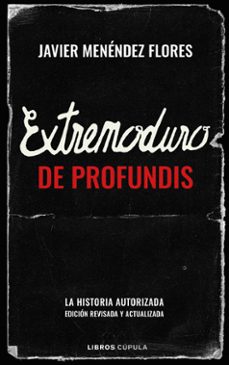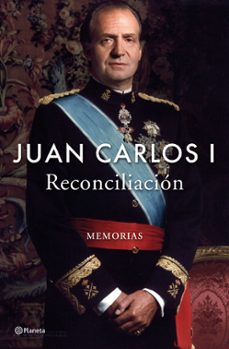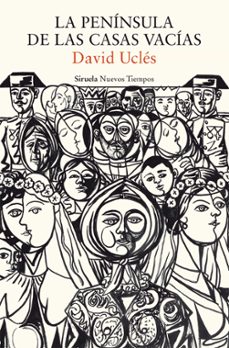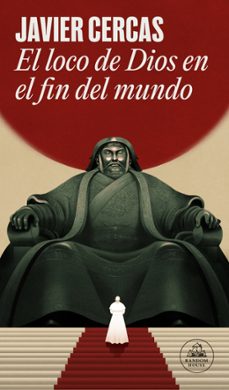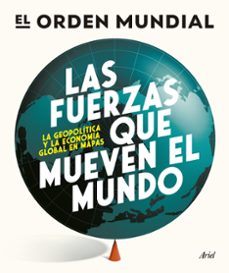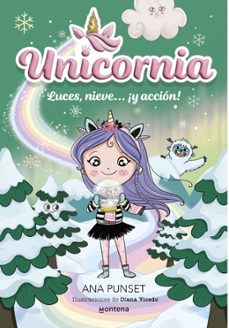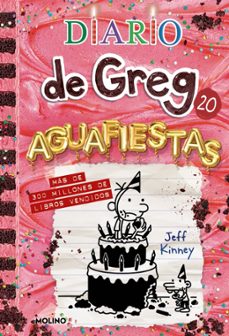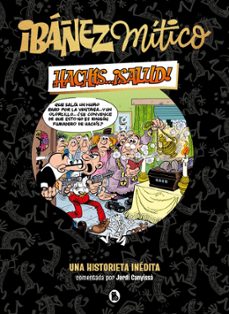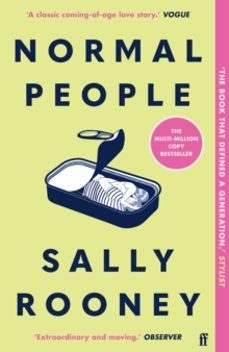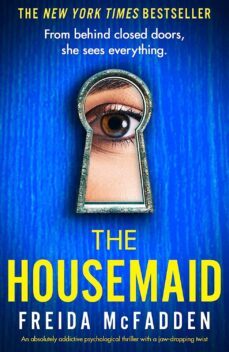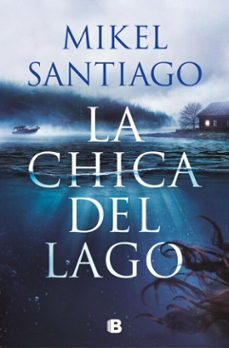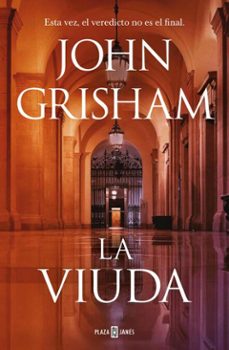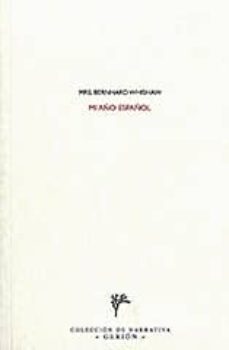Imprescindibles
Más vendidos Libros más leídos eBooks más leídos Todos los libros Todos los libros Autores destacados Series y sagas
Recomendados Libros recomendados Autores destacados Libros que inspiran Vidas con historia LGTBIQ+ English books
Ficción
Literatura Contemporánea Estudios literarios Clásicos Cuentos Poesía Teatro Libros de bolsillo Sagas literarias
Géneros literarios Novela romántica y erótica Novela negra Novela histórica Narrativa fantástica Novela de ciencia ficción Novela de terror Narrativa de humor Narrativa de viajes
No Ficción
Ciencias y tecnología Biología Ciencias Ciencias naturales Divulgación científica Informática Ingeniería Matemáticas Medicina Salud y dietas Formación Idiomas Estilo de vida Libros de Cocina Guías de viaje Narrativa de viajes Deportes Libros de Juegos Manualidades
Humanidades Autoayuda y espiritualidad Ciencias humanas Derecho Economía y Empresa Psicología y Pedagogía Filosofía Sociología Filología Biblioteconomía Estudios filológicos Estudios lingüísticos Estudios literarios Historia y crítica de la Literatura
Infantil
Juvenil
#Jóvenes lectores Narrativa juvenil Clásicos adaptados Libros Wattpad Libros Booktok Libros de influencers Libros de Youtubers Libros Spicy Juveniles Libros LGTBIQ+ Temas sociales Libros ciencia ficción Libros de acción y aventura Cómic y Manga Juvenil Cómic Juvenil Manga Shonen Manga Shojo Autores destacados Jennifer L. Armentrout Eloy Moreno Nerea Llanes Hannah Nicole Maehrer
Libros de fantasía Cozy Fantasy Dark academia Hadas y Fae Romantasy Royal Fantasy Urban Fantasy Vampiros y hombres lobo Otros Misterio y terror Cozy mistery Policiaca Spooky Terror Thriller y suspense Otros
Libros románticos y de amor Dark Romance Clean Romance Cowboy Romance Mafia y amor Romance dramatico Romance dramatico Romcom Sport Romance Otros Clichés Enemies to Lovers Friends to Lovers Hermanastros Slow Burn Fake Dating Triángulo amoroso
Cómic y Manga
Novela gráfica Novela gráfica americana Novela gráfica europea Novela gráfica de otros países Personajes, series y sagas Series y sagas Star Wars Superhéroes Cómics DC Cómics Marvel Cómics otros superhéroes Cómics Valiant
eBooks
Literatura Contemporánea Narrativa fantástica Novela de ciencia ficción Novela de terror Novela histórica Novela negra Novela romántica y erótica Juvenil Más de 13 años Más de 15 años Infantil eBooks infantiles
Humanidades Autoayuda y espiritualidad Ciencias humanas Economía y Empresa Psicología y Pedagogía Filosofía Historia Historia de España Historia Universal Arte Cine Música Historia del arte
Ciencia y tecnología Ciencias naturales Divulgación científica Medicina Salud y dietas Filología Estudios lingüísticos Estudios literarios Historia y crítica de la Literatura Estilo de vida Cocina Guías de viaje Ocio y deportes
ELLEN MARY WHISHAW
Recibe novedades de ELLEN MARY WHISHAW directamente en tu email
Filtros
Del 1 al 2 de 2
WHISHAW, ELLEN MARY y WHISHAW, BERNHARD
GARNET 9781859641729
Soon after their arrival in Spain the authors realized that the early Muslim art of Seville was curiously different from that of Cordova. This fascinated them and they undertook eight years of study in Seville, making use of the resources available to them in the city's libraries to bring their audience this history of the Muslims in Spain. The study was first published in 1912. Concentrating on Seville, they provide a chronological narrative of Spain from the Muslim invasion of 711 until the Reconquista of the fifteenth century. The scene is set for the invasion by an evaluation of the situation under the Goths. Following this the many influences on the culture and civilization of Andalucia are discussed, and how the richness of Roman and Gothic art and architecture was augmented by the Yemenite Arabs and Coptic Egyptians. The book concludes with an examination of the events following the Reconquista in Spain, and of the Arabs' lasting visual impact on Spanish history.
Ver más
Tapa dura
DIP. PROV. DE HUELVA 9788481635058
"Mi año español" es un relato de las experiencias vividas durante los primeros años de estancia de Elena Whishaw en España, y hasta la fecha inédito en español. Como lo propio Whishaw afirma en la introduccion, "Mi año español" es una descripcion realista de la vida en españa que rechaza estereotipos negativos y que sirve para atraer a turistas ingleses a un pais autentico, todavia sin invadir por el turismo de masas. En este libro ella se convierte en la perfecta embajadora literaria combinando la observacion de costumbres de gran arraigo en España, como los toros, la Semana Santa o el Corpus, con descripciones geograficas detalladas de los lugares que visita, como los dos capitulos dedicados a los lugares colombinos de Huelva, donde destaca su importancia como cuna del descubrimiento de America y donde reflexiona sobre las infinitas posibilidades que estos podrian ofrecer al turista. Esta descripcion de costumbres y lugares hace que el relato se convierta en ocasiones en juna peculiar e interesante guia para viajeros.
Ver más
Tapa blanda
Del 1 al 2 de 2

